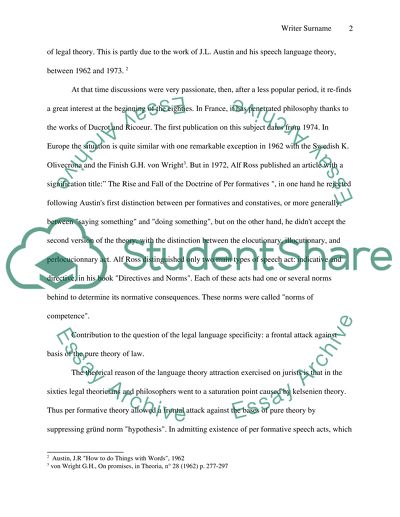Cite this document
(“Post-Structuralism Essay Example | Topics and Well Written Essays - 3000 words”, n.d.)
Retrieved from https://studentshare.org/miscellaneous/1521340-post-structuralism
Retrieved from https://studentshare.org/miscellaneous/1521340-post-structuralism
(Post-Structuralism Essay Example | Topics and Well Written Essays - 3000 Words)
https://studentshare.org/miscellaneous/1521340-post-structuralism.
https://studentshare.org/miscellaneous/1521340-post-structuralism.
“Post-Structuralism Essay Example | Topics and Well Written Essays - 3000 Words”, n.d. https://studentshare.org/miscellaneous/1521340-post-structuralism.


